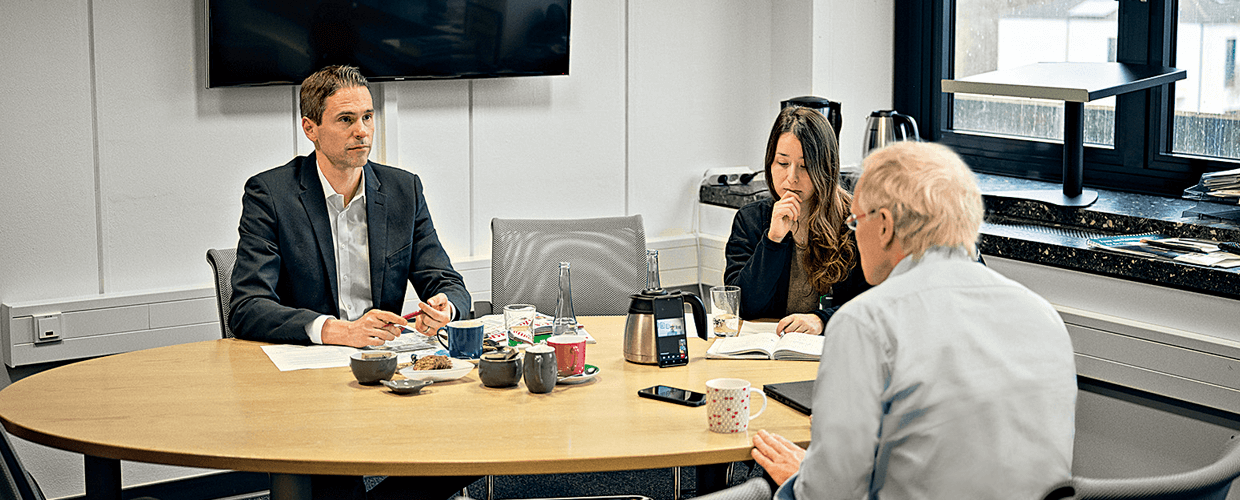
Defossilization
A green transformation for the chemical industry
At the Evonik site in Herne, four projects are pointing the way toward climate-friendly production.

Defossilization
Climate-friendly methionine from Singapore
Evonik plans to increase the energy and raw material efficiency of its methionine production facility.

Defossilization
Herne plans to be climate-friendly
From the energy source to the end product: Evonik's plans for environmentally friendly production at its location in Herne.

The energy transition
Using natural resources sustainably
Professor of Industrial Ecology René Kleijn talks about scarce raw materials, resilient supply chains, and the reliability of markets.


